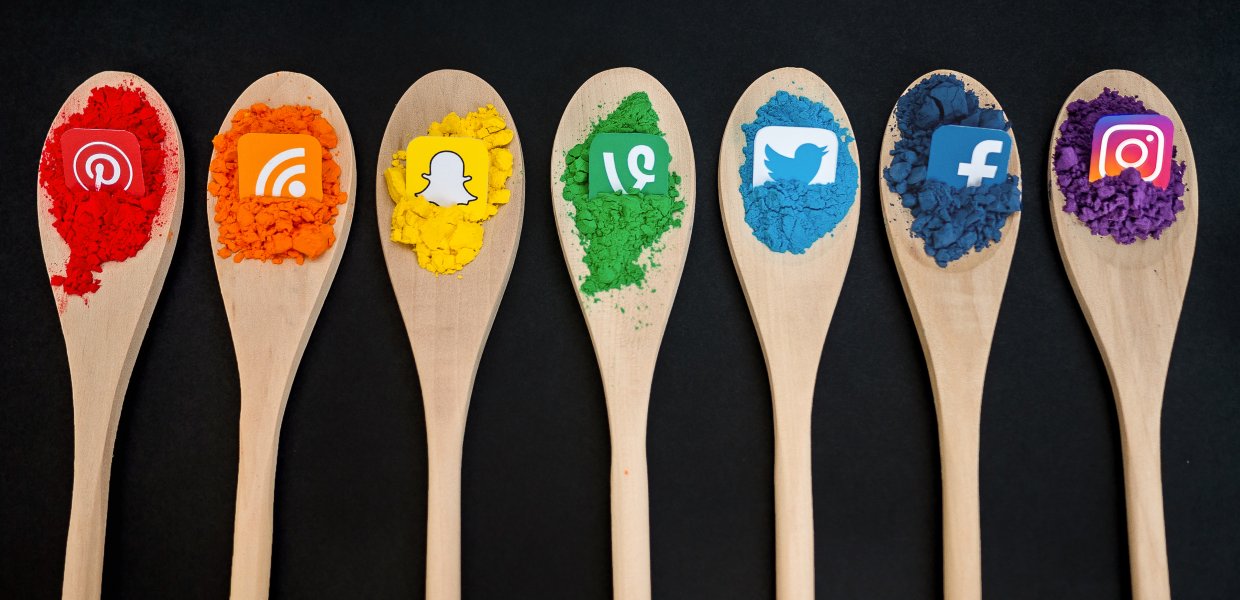These days marketers can’t stop talking about influencer marketing and 2017 is predicted to be “the gold rush year” for this advertising approach. According to eMarketer, two thirdsof marketers’ core strategy is centered on influencer marketing, and the remaining one third have dabbled in it and are looking to increase their spend.
The popularity of influencer marketing has resulted in a crowded marketplace of options, a myriad of partner opportunities and very uncertain results. Influence marketing, on the other hand, allows marketers to break through the clutter with elevated creative, strong media performance and positive brand sentiment and reputation – all of which is accomplished by following these 6 steps:
Set campaign objectives: Program objectives should include awareness, engagement, sentiment and action. Awareness equates to campaign recall, engagement means views, clicks, likes, comments and shares, sentiment represents the way people feel about your brand, demonstrated in their comments and shares and action is best measured through conversion. These objectives should be ranked in your preferred order and used to develop creative, influencer partnerships and success metrics.
Define target audience. Effective targeting will yield the greatest influence, so it’s important to go beyond simple demographics and create a more detailed, complete picture of your brand’s target audiences. To help you get started, use these criteria points.
Casting influencers. Ensuring an organic crossover between your brand’s audience criteria and the fans of a prospective influencer is critical to creating influence for your campaign.
Building creative. The right creative visuals can significantly increase campaign engagement and improve consumers’ sentiment toward your brand. Create versions optimized for each platform and audience and sequence your messaging throughout the campaign.
Distributing at scale. Your content should be distributed first by the influencer on each of their selected platforms. When approached strategically, these platforms have the ability to deliver efficient reach, desired actions and positive comments. Marketing Land recommends Instagram for delivering the best engagement, YouTube for ensuring target audience watches videos, and Facebook for delivering positive sentiment scores that are twice the average.
Measuring results. Measuring the performance of an influence marketing program is a combination of science and art but tracking conversions is the most observable ROI measurement.
As you can see, the actual influencer is only one piece of this puzzle. Influence marketing is a broader approach that encompasses so much more than just an influencer, so experts are suggesting it’s time to evolve the industry language by dropping the “r” in influencer marketing. To read the full article, click here.
Flickr / Photo by Blogtrepreneur.









